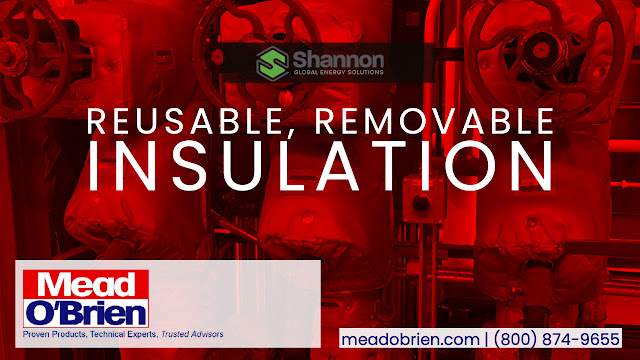Diaphragm seals protect industrial pressure gauges, transmitters, and other instruments in corrosive, high-temperature, and high-vibration applications for the following reasons:
- Protection against corrosive media: Diaphragm seals isolate the gauge from corrosive liquids and gases, preventing damage to the indicator and ensuring accurate readings.
- High-temperature resistance: Diaphragm seals use materials that can withstand high temperatures, such as PTFE and Monel, allowing the application of the gauge in high-temperature applications without affecting accuracy.
- Vibration resistance: In high-vibration applications, diaphragm seals reduce the vibration transfer to the gauge, reducing the risk of damage and ensuring accuracy.
- Media compatibility: The diaphragm material can be selected based on compatibility with the process media, ensuring accurate readings and preventing damage to the gauge.
- Longer service life: A diaphragm seal with a pressure gauge in corrosive, high-temperature, and high-vibration applications can extend the service life of the pressure gauge, reducing the need for maintenance and replacements.
Industrial diaphragm seals provide the "wetted" interface. Wetted refers to the parts of a diaphragm seal that come into contact with the measured process fluid. In industrial diaphragm seals, the wetted components consist of the diaphragm and the metal or ceramic components surrounding the diaphragm and are in direct contact with the process fluid. These parts must be compatible with the process media and withstand the fluid's corrosive and abrasive properties.
In conclusion, diaphragm seals provide a protective interface between the process media and the pressure gauge that ensures protection, accuracy, and increased longevity in challenging industrial applications, making them essential for industrial pressure gauges.






